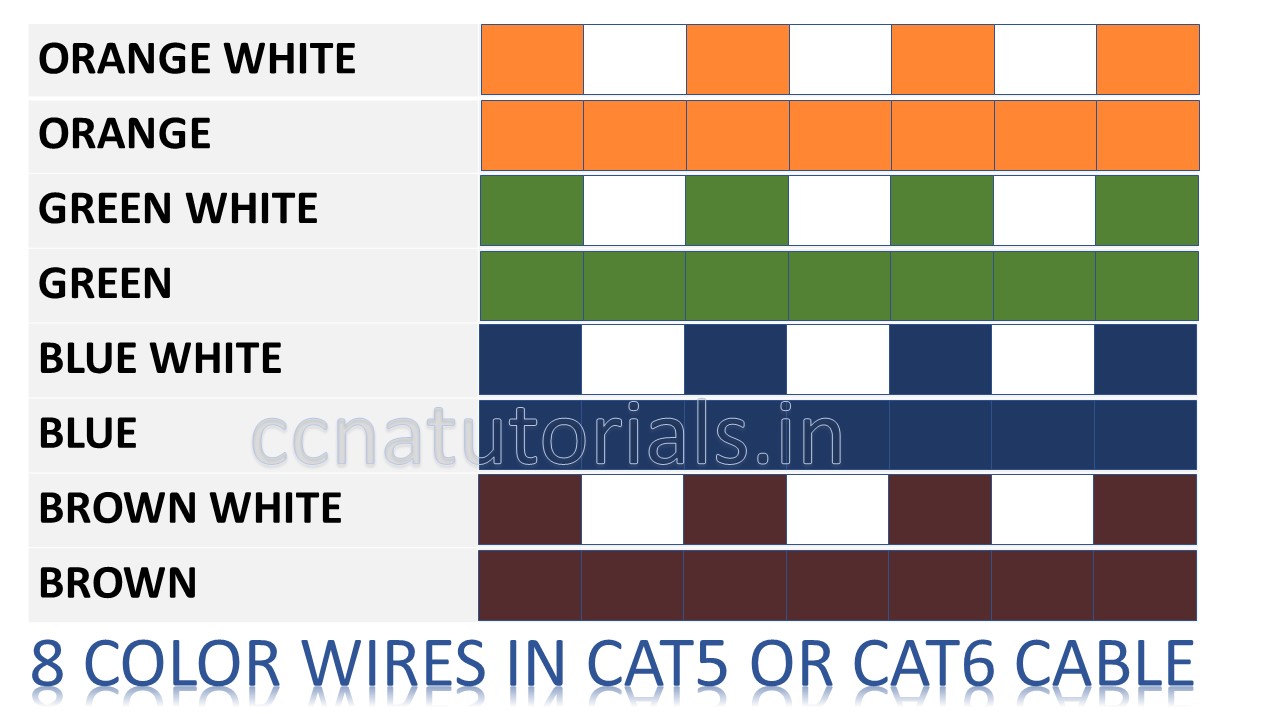

They may not be wrong for the tech they are used to, but data communications are different than what they are used to working with. In such a case, they do not understand the complexities of the data communications world. Telecom engineers, electricians, or other analog-based technicians will probably give you the most static about how the pinout doesn't matter or that "it's all the same anyways".Wikipedia may say that -A or -B is fine, but from real world experience, use -B for data networks.10/100 mbit Ethernet uses 2 of the 4 pairs, while 1000 mbit Ethernet (Gigabit) does use all 4 pairs of the CAT cable.The actual wires in CAT cables have different lengths and twists per turn (see Wikipedia), so the choice in pinout does matter and has real world consequences.That may suffice for electrical conductivity, for example if you are using some CAT cable to control a relay, but for communications (tele- or data-), you should use the appropriate, relevant, standard. Sometimes, someone will tell you that as long as the ends match, you don't even need a standard. I don't think there is a negative consequence to using this standard for voice, but it goes against convention, so I would not use this standard for voice communications.

This standard should be used for data networks, packetized video, or other intensive applications (throughput or bandwidth). This pinout should not be used for data networks, though it will function to some degree you may see errors, reduced data rate, or other less-than-desirable results. Any analog voice systems would probably be using this standard, even if they were using a higher CAT cable like CAT5. You would probably see this on a CAT3 cable, and telecom engineers and electricians are probably familiar with it. This standard is acceptable/meant for voice communications. Since you're referring to Ethernet, you should use Cat5e or Cat6 cable and terminate with the TIA-568B pinout. You should use the appropriate standard for your application. I do tech support and the argument of TIA-568A vs TIA-568B vs 'whatever, but straight through" comes up every now and again. Unfortunately, there are 2-3 "standard" schemes.

However, it is a good idea to stick to a standard color assignment scheme, to make it easier to get cables terminated the same way on both ends. (Some claim that there is an ordering/positioning of the pairs in the cable and using the wrong pair of pairs can cause problems, but this argument is tenuous at best.)

Otherwise, electrons are color blind, so it doesn't matter which colors you tie to which pins, so long as the pairing is maintained. That is, three of pairs are adjacent pins, but one pair straddles the adjacent pins of the center pair. The pairs are not assigned to pins in an entirely logical sequence. If you get one wire of the "send" pair twisted with one wire of the "receive" pair then you can get "crosstalk" which will introduce errors and slow things down (if not halt things entirely). That is, there is a "send" pair and a "receive" pair, and the wires of the pairs are twisted together. Second (not quite as critical at lower speeds) the pairs must be kept together. (This is contrary to phone cables where opposite ends are mirror images.) If you use a coupler to join two cables the coupler has a built-in "twist" so that this all works out. If a given color originates on pin 3 on one end that same color must be tied to pin 3 on the other end. First and foremost it is absolutely critical that both ends match (at least with respect to wires that are actually used).


 0 kommentar(er)
0 kommentar(er)
